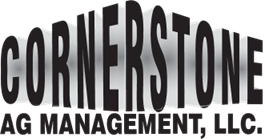Clean Feed is Key to Dairy Nutrition
Feed hygiene is key in minimizing or removing the anti-nutritional factors in feed that can negatively affect animal health and performance.
Key factors in reducing feed contamination include:
- utilizing loader buckets dedicated to feed only
- placing silage bags on surfaces to minimize soil contamination
- properly face silage piles and bunks
- reduce water runoff through silage piles
- proper height of disc mowers
- remove rodents and birds in feed storage and feed alleys
- tarp hay
- maintain clean feed alleys
Read the full article by Cassie Worster with Wisconsin State Farmer












